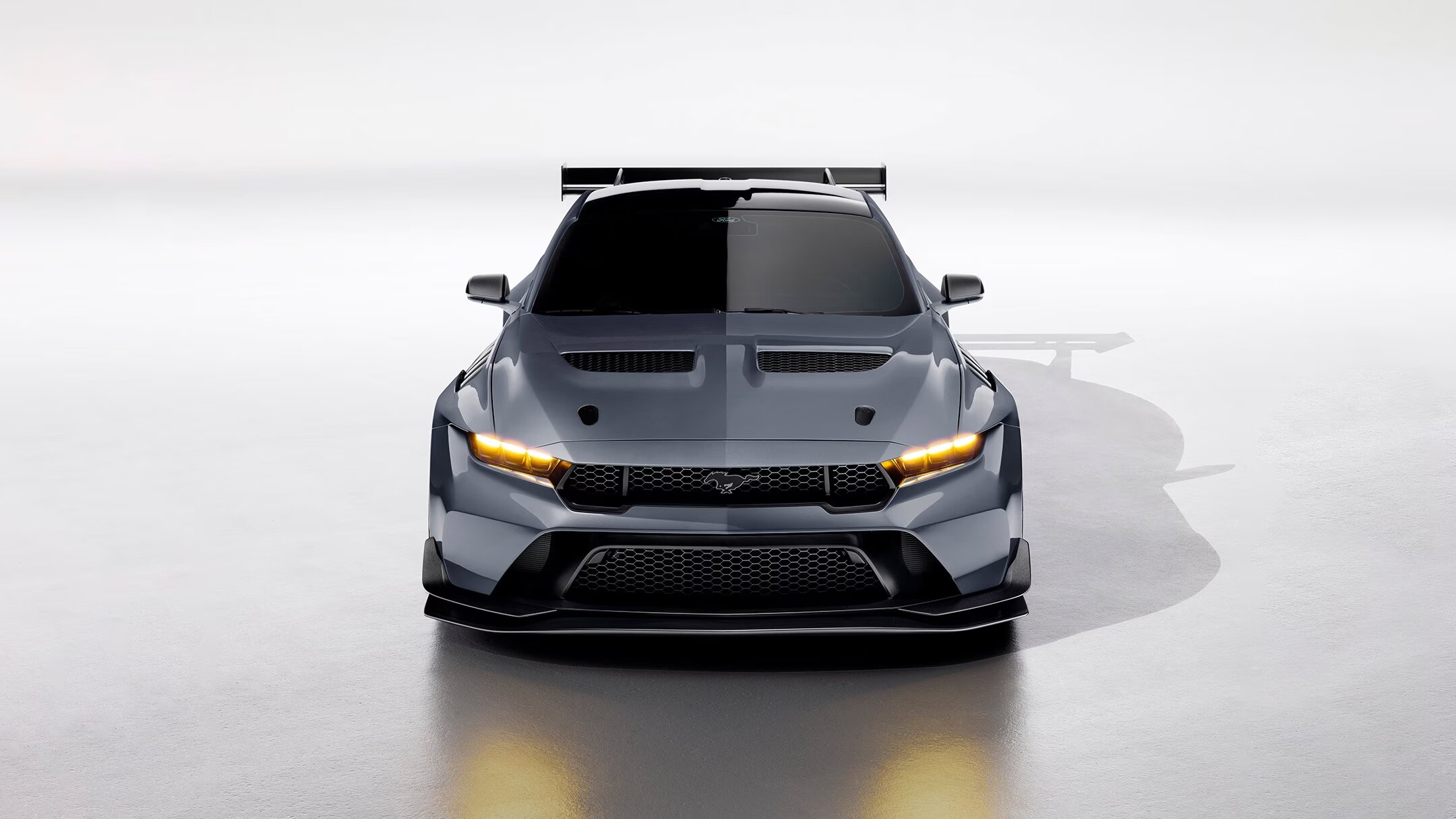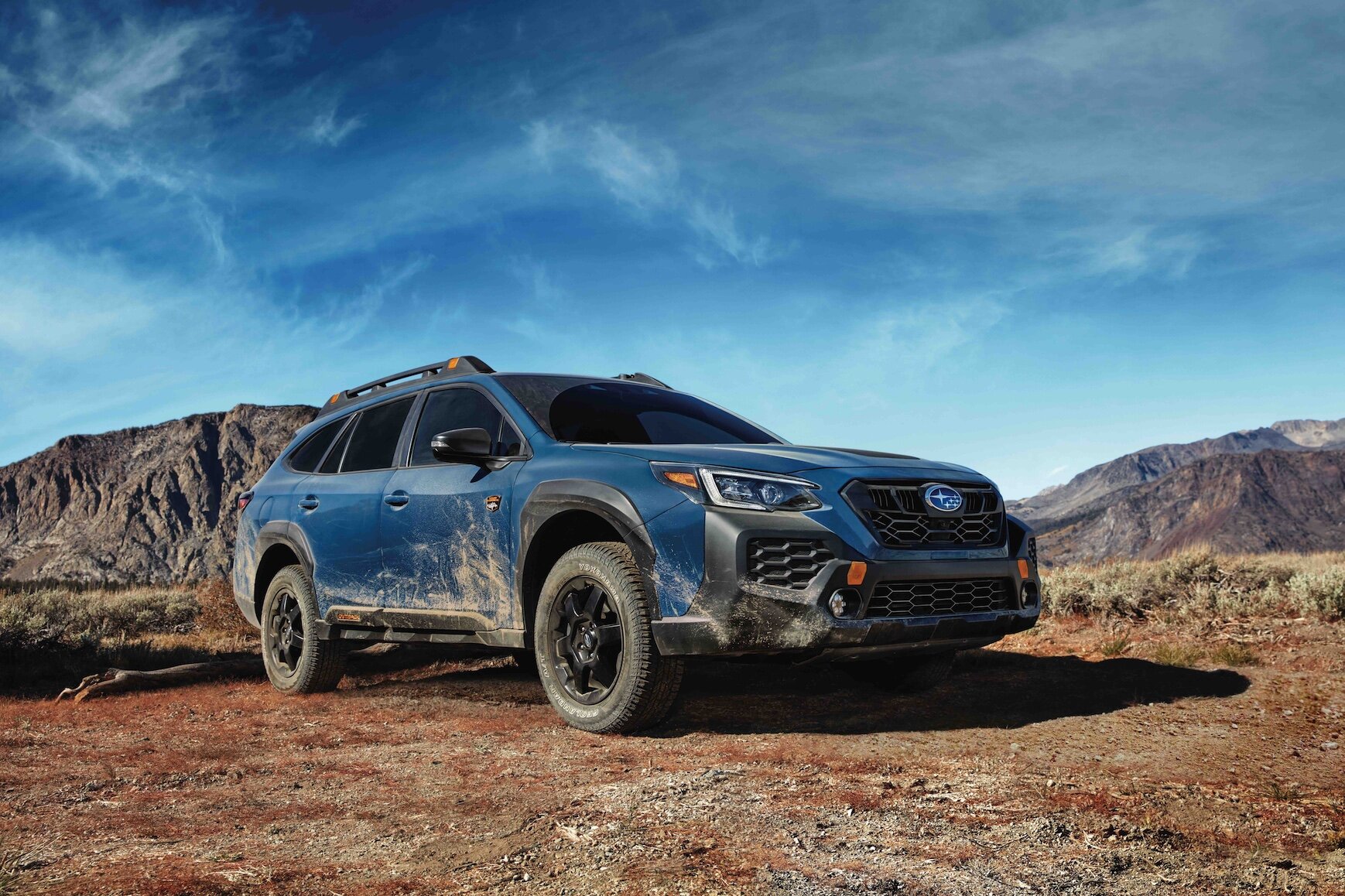The Icon Returns: What’s New in the 2025 Mustang GT?
There are few names in the American automotive lexicon with the staying power of the Ford Mustang. Now, with the 2025 Ford Mustang GT, the Blue Oval brings its enduring pony car into a new era—balancing tradition and modernity with a stubborn, V8-powered grin. As someone who’s watched Detroit muscle evolve from raw, carbureted brutes to tech-laden sports coupes, I can say: this Mustang strikes a compelling chord.
Heart and Muscle: Powertrain Specs That Matter
The 2025 Mustang GT continues to fly the flag for naturally aspirated V8s—a rare breed these days. Under that long, sculpted hood sits a 5.0-liter Coyote V8, now tuned for 480 horsepower and 415 lb-ft of torque (with the optional active-valve performance exhaust nudging it up slightly). The engine note is distinct: a rich, guttural bark at startup that settles into a steady hum at idle and sings past 7,000 rpm. Purists will appreciate that both a six-speed manual and a 10-speed automatic remain on offer.
Ford claims a 0–60 mph time in the low-four-second range for the GT equipped with the Performance Pack—competitive with Chevrolet Camaro SS and Dodge Challenger R/T Scat Pack. Yet, unlike its rivals, the Mustang’s power delivery feels less brutish and more linear; you get usable thrust without the sensation of wrestling a wild animal. That’s both a compliment and, perhaps for some, a slight letdown.
Behind the Wheel: Steering Feel and Real-World Impressions
Settle into the heavily bolstered driver’s seat—Recaros are still optional—and you’ll notice a cockpit designed around engagement. The flat-bottom steering wheel feels nicely weighted, offering more feedback than in recent years; there’s genuine resistance as you push harder into corners. On winding Michigan backroads, I found the GT eager but less twitchy than prior generations. There’s still some body roll if you’re aggressive, but adaptive MagneRide dampers (optional) keep things tidy.
Brake pedal feel is firm and progressive—no surprise given Brembo hardware—but in stop-and-go traffic there’s a subtle grabbiness that takes getting used to. Noise insulation is improved over previous models; at highway speeds, wind noise is less intrusive than in a Camaro SS, though some tire roar seeps through on rough pavement.
Inside the Cabin: Where Buttons Meet Big Screens
Slide inside and you’re greeted by an interior that leans heavily on digital displays but keeps enough physical controls to avoid touchscreen overload. The centerpiece is Ford’s customizable 12.4-inch digital gauge cluster paired with a sweeping 13.2-inch center touchscreen running SYNC 4. The screens are crisp—even in direct sunlight—and respond quickly to inputs. Climate controls still feature satisfying physical toggles; their metallic click is oddly reassuring on chilly mornings.
Material quality has improved—soft-touch surfaces abound up front—but look lower and you’ll still find hard plastics reminiscent of Mustangs past. Rear seats remain more symbolic than practical; even kids will find legroom tight. Trunk space (about 13 cubic feet) bests most two-door competitors, though loading larger items requires some angling thanks to the coupe’s sloping rear deck.
Gizmos and Gadgets: Tech Features Worth Noting
Ford isn’t shy about tech in this Mustang. Wireless Apple CarPlay and Android Auto come standard, as does an excellent B&O sound system on higher trims. There are also USB-C ports front and rear—a small but appreciated nod to modern device charging needs.
On the safety front, Ford Co-Pilot360 driver assistance features are standard: blind-spot monitoring, lane-keeping assist, automatic emergency braking, and adaptive cruise control all work smoothly without being overly intrusive. The lane-keep system gently nudges rather than nags—a notable improvement over earlier iterations.
Pony Car Economics: Pricing and Ownership Realities
The 2025 Mustang GT starts around $44,000 before destination charges—a figure that undercuts many European sports coupes but remains competitive with its primary domestic rivals. Load it up with options—Performance Pack ($5K+), MagneRide dampers ($1,750), Recaro seats ($1,650), premium audio—and you can easily crest $55K.
Fuel economy is predictably mediocre; EPA estimates hover around 15 mpg city / 24 mpg highway for manuals (slightly better for automatics). Insurance premiums remain high given the car’s performance credentials and theft rates—a reality every Mustang buyer should consider.
Mood Lighting: Everyday Usability vs. Weekend Thrills
Living with the new Mustang day-to-day exposes both its strengths and quirks. Visibility out front is excellent thanks to thin A-pillars and a low dash; rearward sightlines are less generous—parallel parking requires faith in sensors or cameras.
The car’s ride quality strikes an honest compromise: firm enough for confident cornering yet compliant enough for Detroit potholes (within reason). The exhaust note can be tailored from subdued (for early-morning departures) to raucous (for tunnel blasts); neighbors may thank Ford for this feature.
Cargo flexibility surprises—flip down those token rear seats and there’s space for golf clubs or weekend bags. But if daily back-seat duty or cargo hauling is required, competitors like Dodge Challenger offer more usable rear quarters.
A Look at Rivals: How Does It Stack Up?
The Mustang GT continues to face off against familiar foes: Chevrolet Camaro SS and Dodge Challenger R/T Scat Pack chief among them. Each offers distinct personalities—the Camaro sharper in chassis feel but hampered by poor outward visibility; the Challenger roomier but significantly heavier and less nimble.
The Mustang splits the difference—a well-rounded athlete that doesn’t trade heritage for headline-grabbing numbers. In real-world use, it feels better screwed together than any Camaro I’ve recently driven; interior tech also leads this class by a healthy margin.
Final Thoughts from Detroit: Still America’s Sweet Spot?
The 2025 Ford Mustang GT isn’t revolutionary—it doesn’t need to be. Instead, it hones what matters most to enthusiasts while adding enough comfort and tech to satisfy daily drivers (or those who simply want an iconic badge). Its V8 soundtrack remains addictive; its balance between analog joy and digital convenience feels just right.
If there are gripes, they’re familiar ones: tight rear seats, so-so fuel economy, some lingering hard plastics. Yet none of these undermine what remains an authentically American sports car experience—one that respects its past without being trapped by it.
For buyers considering Camaro or Challenger alternatives—or even European coupes flirting above this price point—the new Mustang GT makes a strong case for itself as America’s best all-around pony car in 2025.


